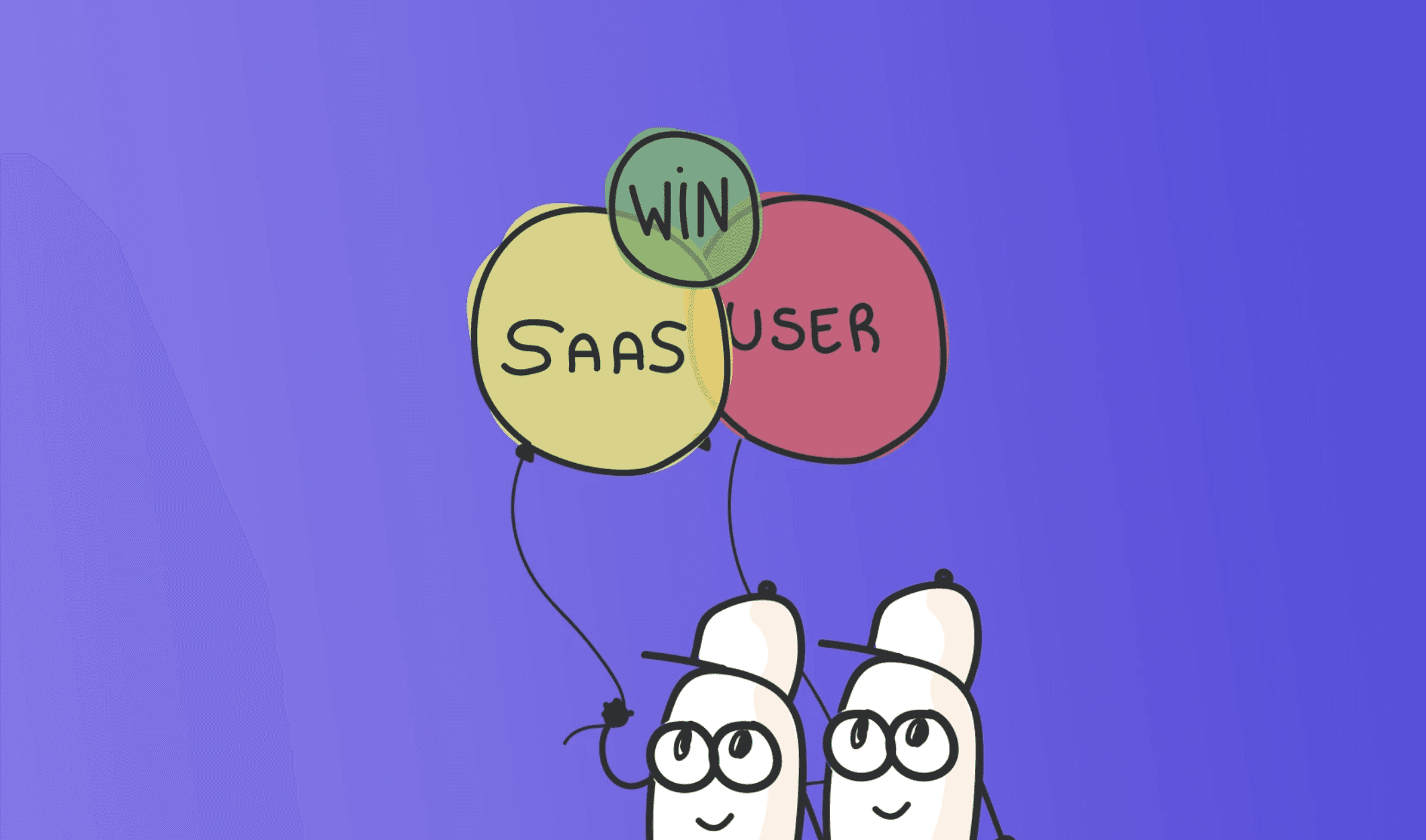
The Software as a Service (SaaS) sector has experienced significant growth in recent years. It is expected to reach $232 billion by 2024, capturing the interest of both aspiring business owners and investors eager to leverage the thriving market. Given the multitude of SaaS startups competing for attention, it becomes imperative to comprehend the intricate world of SaaS company valuation. This knowledge is essential for entrepreneurs seeking financial support and investors looking for lucrative prospects.In this article, we will delve into the nuances of valuing a SaaS business, exploring five critical factors that exert a substantial influence on the determination of its value. By shedding light on these components, our objective is to provide valuable insights, enabling entrepreneurs and investors to make well-informed decisions within the dynamic SaaS industry.
Revenue Growth and Retention
Revenue growth stands as a foremost catalyst in determining the valuation of SaaS businesses. These companies frequently find their worth in their capacity to establish ongoing revenue streams, underscoring the importance for entrepreneurs to exhibit unwavering and substantial growth. Investors place great emphasis on a robust history of revenue expansion over time, as it serves as an indicator of market demand and the company's potential for scalability. Exceptionally high growth rates are also important, as they have the potential to drive elevated valuations.In addition to revenue growth, customer retention is a critical factor. High churn rates can significantly impact a SaaS company's valuation. Investors prefer businesses that can retain customers over the long term, as it indicates product-market fit and sustainability. Entrepreneurs should focus on strategies to reduce churn and maintain a loyal customer base, which can help drive a higher valuation.
Total Addressable Market (TAM)
Understanding the total addressable market (TAM) is essential for both entrepreneurs and investors. TAM represents the maximum revenue a SaaS company could achieve if it captured 100% of its target market. A larger TAM can lead to a higher valuation, as it suggests significant growth potential.Entrepreneurs must carefully define and quantify their TAM to convince investors of the market opportunity. Investors, on the other hand, should assess the entrepreneur's TAM estimates to ensure they align with realistic market conditions. A comprehensive TAM analysis provides valuable insights into a SaaS company's growth potential and its attractiveness to investors.
Customer Acquisition Cost and Lifetime Value
The efficiency of customer acquisition and the lifetime value of customers are crucial in SaaS valuation. CAC represents the cost of acquiring a new customer, while LTV indicates the expected revenue a customer will generate during their relationship with the company. Low CAC and high LTV ratios are preferred by investors, as they suggest a sustainable and profitable business model.Entrepreneurs should focus on optimizing their CAC-to-LTV ratio, as it not only impacts their profitability but also their valuation. A favorable ratio can make a SaaS company more attractive to investors, who seek efficient and scalable customer acquisition strategies.
Competitive Landscape and Differentiation
In the fiercely competitive SaaS market, comprehending the competitive environment is of paramount importance for both investors and entrepreneurs. Investors scrutinize the distinctiveness and defensibility of a SaaS company's product or service. Entrepreneurs must be well-prepared to articulate their competitive advantages, which may encompass proprietary technology, a robust brand, or a unique value proposition. Setting yourself apart is a critical factor influencing valuation, with the potential to result in enhanced customer retention rates and pricing leverage.Investors, conversely, should evaluate the competitive landscape to assess the company's capacity to sustain its market position and ward off competitors. A SaaS enterprise possessing a clear competitive edge is more likely to command a higher valuation.
Risk Factors and Scalability
Every investment comes with inherent risks, and SaaS companies are no different. Entrepreneurs should be candid about the potential risks linked to their enterprise, encompassing market uncertainties, competitive factors, and technological hurdles. Investors value transparency and a well-crafted strategy for mitigating these risks.Scalability is another critical aspect of SaaS valuations. Investors prefer businesses that can rapidly grow without a proportional increase in costs. Scalability enhances the potential return on investment and often results in a higher valuation. Entrepreneurs should highlight their scalability plans, such as expanding into new markets or adding complementary products or features, to attract investors looking for growth opportunities.
Conclusion
In the continuously evolving realm of SaaS, remaining mindful of these pivotal factors is imperative for entrepreneurs and investors aiming to prosper in this dynamic and competitive domain. Whether you are an entrepreneur in pursuit of funding or an investor in search of opportunities, a comprehensive grasp of SaaS valuation principles will serve as your guiding star to navigate the SaaS landscape effectively.



